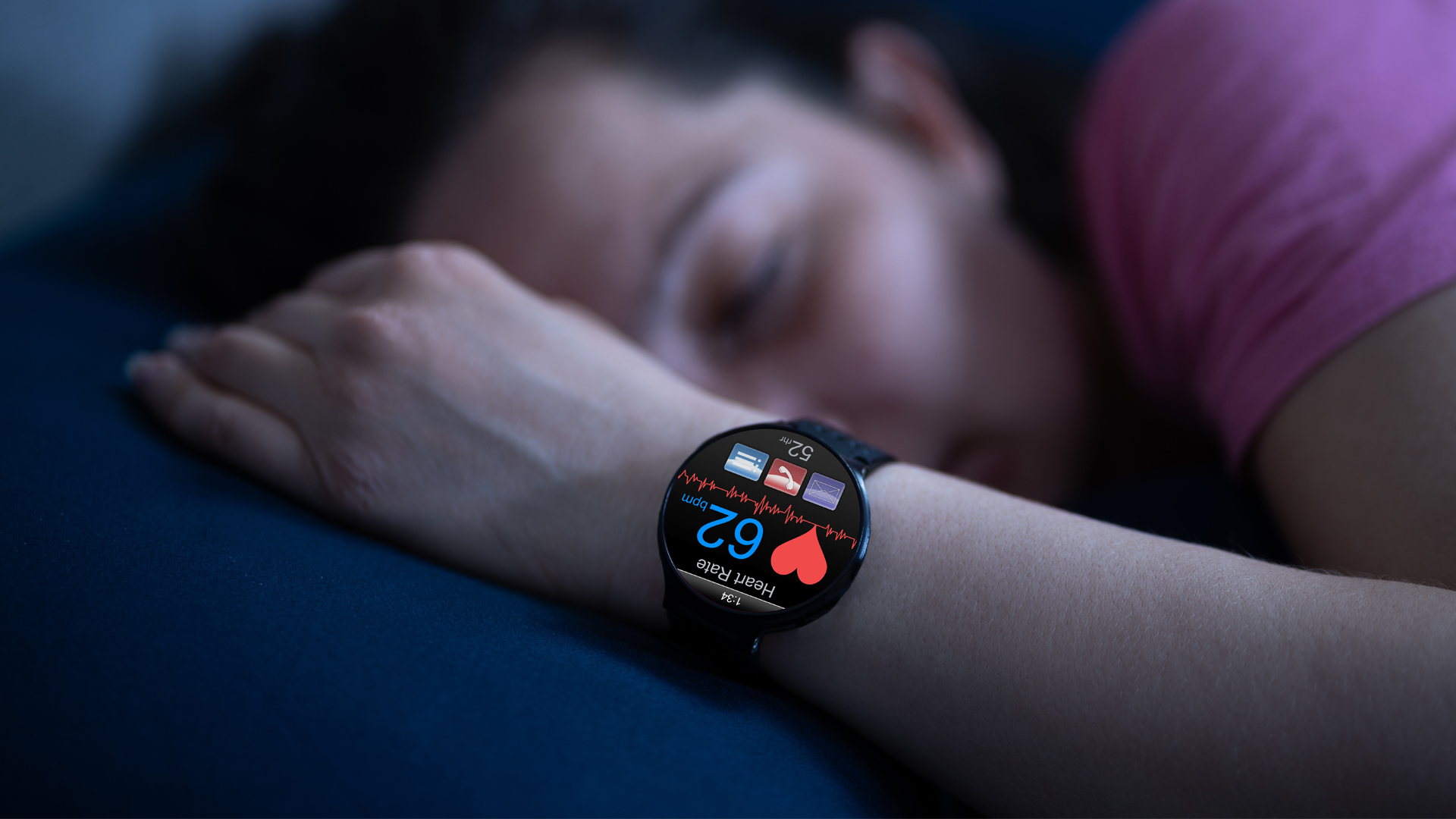The Oura ring just got new sleep features that even the Apple Watch doesn’t have
This is why the Oura is top of our sleep tracker list

The Oura ring is already an excellent sleep tracker, but it’s about to get even better, with three new features and updates to several existing ones.
These new features will be added to the Oura app for free with the next update, and include a similar sleep profile or ‘chronotype’ feature to the ones used by competitors such as Samsung and Fitbit. Oura outstrips the Apple Watch in this regard, which doesn't offer a chronotypes feature.
The Oura is already rated very highly by us, with the Oura Generation 3 at the top of our best sleep trackers list, and this new update ensures that stays relevant in the current market. You can see a full list of the features being brought to the Oura app below.

- Sleep, Readiness, and Activity scores had a shorthand, with blue meaning good and red meaning bad. The update adds a new color, yellow, representing a ‘fair’ rating.
- Oura says its Sleep Scores are now calculated during days when long sleep is not ‘possible – or not desired’ so irregular sleepers (Oura uses the examples of shift workers and ‘polyphasic’ sleepers) can gain a better understanding of their unique sleep patterns and needs.
- Sleep Regularity is a new Readiness Score contributor that adds consistency to the way your sleep score is generated over the previous two weeks. The Regularity index helps Oura users identify disruptions they couldn’t see before.
- Oura is now showing users their chronotype, which other trackers from Samsung and Fitbit refer to as ‘sleep profile’. Chronotypes are ‘the natural inclination of your body to sleep at a certain time’ illustrating whether you’re an early bird, a night owl, or something in between., Oura says it will be using the Chronotypes feature to provide insights into Oura users’ optimal sleep habits.
- Finally, Oura’s offering a new Body Clock feature. Oura says Body Clock will offer recommendations for people to adjust their schedules based on their individual chronotypes. Future upgrades will highlight the ideal times for users to time their Focus, Activity, and Restorative time.
The Chronotypes and Body Clock features are the big new features here. Fitbit uses its chronotype-style Sleep Profiles feature to assign each user a sleeping animal, such as a lion or a giraffe, but Oura has dispensed with the cutesy wrappings and stuck with the scientific terms. As the top sleep tracker, Oura’s crown was in danger of slipping without a chronotypes feature, so it’s good to see it being implemented here.
Oura will be rolling out the updates for free in the Oura app from today (March 16).

Analysis: Oura remains relevant
Our initial impressions of the Oura ring was that it was a phenomenal sleep and wellness tracker, but really fell down in the workout stakes due to its lack of GPS and the need to take the ring off during weightlifting activities. The Oura is less obtrusive than a wristwatch while you sleep, and it doesn’t show you any notifications, which is great for a more holistic sleep- and wellness-tracking experience.
Smartwatches also track your sleep, calories and heart rate, and provide comprehensive workout data, as well as showing you notifications. They're just better-rounded devices, and if you’re not actively trying to avoid more screen time or connectivity, you’re probably more likely to choose a watch over an Oura ring at the moment.
Sign up for breaking news, reviews, opinion, top tech deals, and more.
However, although the Oura is less well-rounded than a fitness tracker or smartwatch, it’s a great way to get deep sleep and recovery insights if you prefer wearing an analog watch to a smart device, or no wristwear at all.
The screenless wearables trend is gathering pace, as more and more people seem to be rejecting the idea of having yet another flashing screen with notifications on their wrists. As Oura continues to add new features, the case for choosing a smart ring over a watch becomes stronger.

Matt is TechRadar's expert on all things fitness, wellness and wearable tech.
A former staffer at Men's Health, he holds a Master's Degree in journalism from Cardiff and has written for brands like Runner's World, Women's Health, Men's Fitness, LiveScience and Fit&Well on everything fitness tech, exercise, nutrition and mental wellbeing.
Matt's a keen runner, ex-kickboxer, not averse to the odd yoga flow, and insists everyone should stretch every morning. When he’s not training or writing about health and fitness, he can be found reading doorstop-thick fantasy books with lots of fictional maps in them.